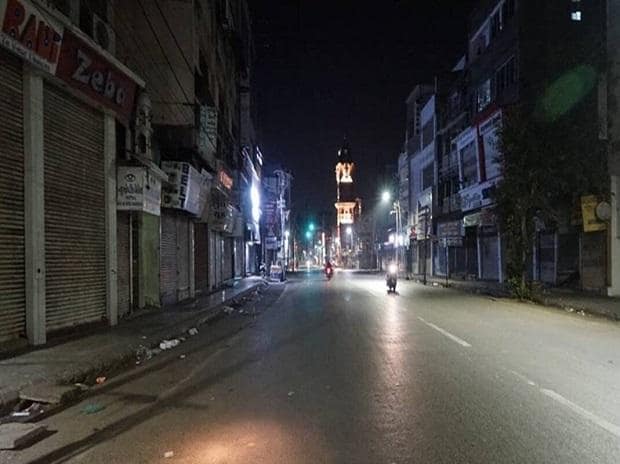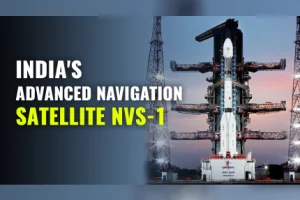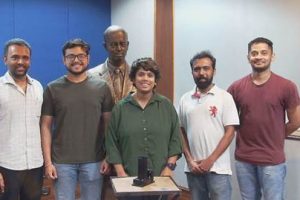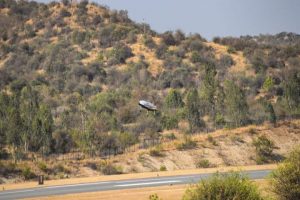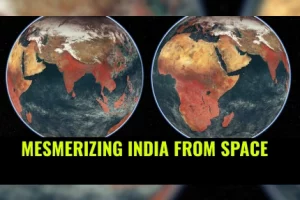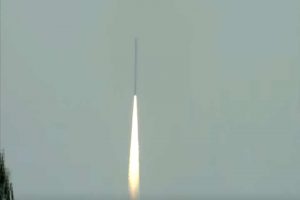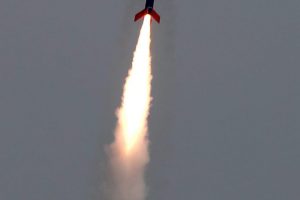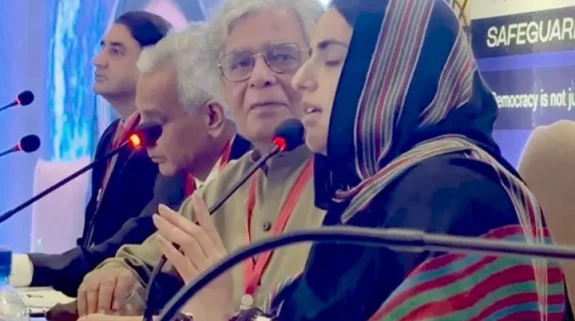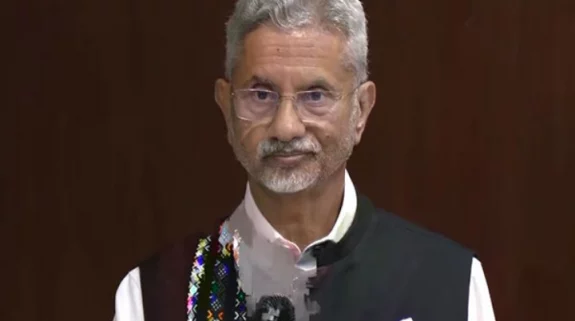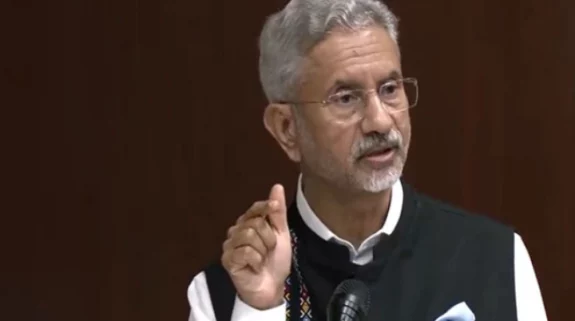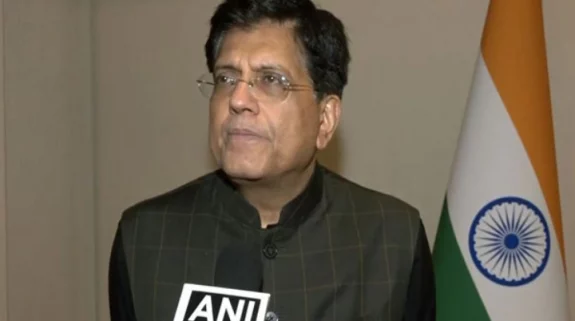The normalised Night Time Light (NTL) radiance in India jumped 43 per cent in 2021 as compared to 2012 based, according to a Times of India report based on the latest data from the Indian Space Research Organisation (ISRO).
The night light radiance is used by economists as an indicator of the level of economic activity in regions across the world.
According to NTL Atlas, released by ISRO’s National Remote Sensing Centre (NRSC), some states recorded a leap of over 400 per cent in the past decade confirming the India growth story.
“A significant increase was observed in Bihar (474 per cent), Manipur (441 per cent), Ladakh (280 per cent) and Kerala (119 per cent), while a good increase was observed in Arunachal Pradesh (66 per cent) Madhya Pradesh (66 per cent), Uttar Pradesh (61 per cent) and Gujarat (58 per cent),” it said.
The growth has been moderate in developed states like Maharashtra and Tamil Nadu because the base number in 2012 was higher.
A moderate increase was observed in Lakshadweep, Maharashtra, Tamil Nadu, Jharkhand, Haryana, Punjab, West Bengal, Uttaranchal, Karnataka, Odisha, Telangana, Andhra Pradesh, Nagaland, Chandigarh, Himachal Pradesh, Rajasthan, Tripura, Goa, Chhattisgarh, Assam, Andaman and Nicobar, Meghalaya and Jammu and Kashmir.
“NTL data is obtained from sensors onboard combined missions of NASA and NOAA…These products can be used for spatiotemporal trend analysis to understand its relationship with environmental changes and socio-economic parameters like electricity consumption, GDP, population, urban expansion, poverty etc,” The Times of India report cited Prakash Chauhan, director, of NRSC as saying.
Multilateral institutions such as the World Bank and Asian Development Bank (ADB) are of the view that the data can be used to determine the socio-economic indicators when no other reliable information exists.






